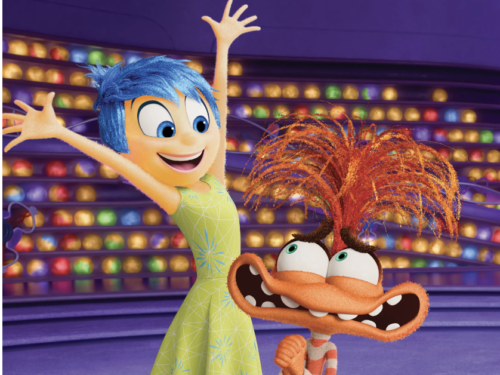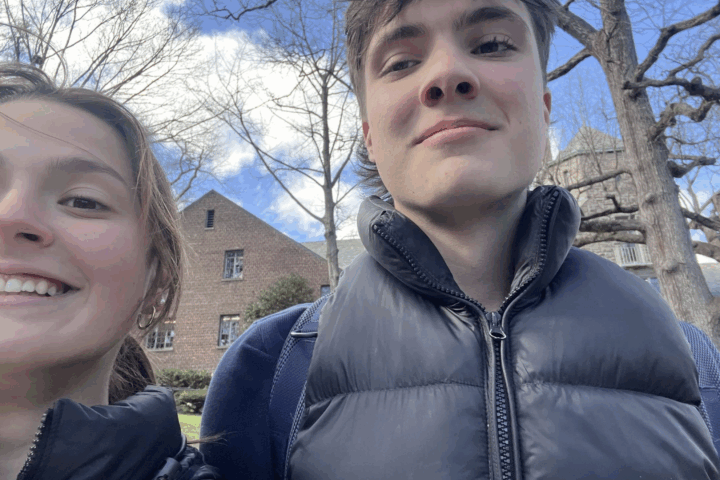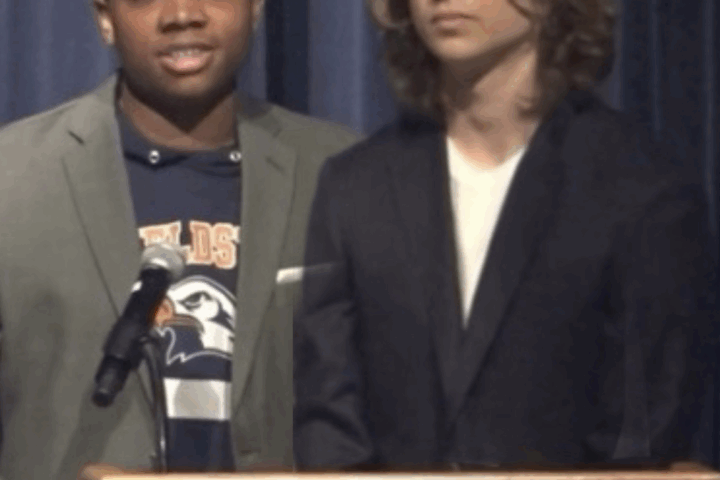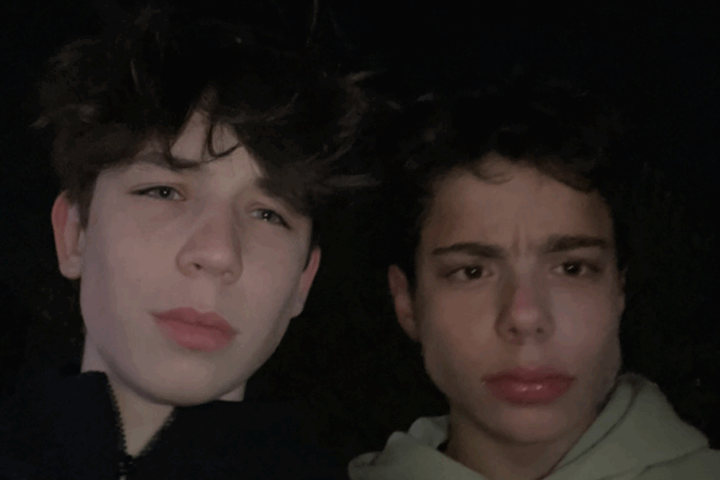According to Inside Out 2, the effervescent second installation of the Inside Out Series, Anxiety is orange – and comes with baggage. Amusing and profound, the long-awaited sequel follows Riley, now 13, as she approaches high school her colorful, unpredictable internal world undergoes renovation. Faced with an invasion, Joy, Sadness and Riley’s other anthropomorphized emotions must contend with four new visitors: Anxiety, Envy, Embarrassment and Ennui.
As Joy and Anxiety battle for control over Riley’s sense of self, memories and core beliefs, Riley faces the consequences of her emotional turmoil at hockey camp. Under the guidance of Anxiety, Riley believes she must make the hockey team or face imminent social downfall. Overwhelmed, she flounders. The movie expertly juxtaposes the high-stakes adventures of Riley’s emotions with her real-life woes, creating a dynamic mix of action and heart-wrenching moments.
However, as in the case of many sequels, the movie suffers from a certain unwieldiness that comes with taking a solid core premise and extending it to create as much material as possible. The sheer number of characters in Riley’s head makes it difficult for each character to have the depth the original portrays them with. Additionally, between the memories, beliefs, sense of self and various sections of the mind, the volume of metaphors threatens to overwhelm the story.
In contrast with the occasionally convoluted events of her brain, Riley’s perspective concentrates on the minutiae of the three-day hockey camp. As a result, the movie contains a narrow view of the trials and tribulations of growing up and teenagehood. When compared to Turning Red, another recent Pixar film that addresses emotional regulation in addition to menstruation, cultural heritage and generational trauma, Riley’s hockey struggles are tamer, more juvenile.
That does not make the story any less powerful. In depicting everyday social and emotional struggles, the movie taps into universal experiences: the inherent awkwardness of fitting in and the pitfalls of excessive worry. Yes, anxiety can be darker and more panoptic than a well-meaning, goofy orange creature. Most teens face struggles larger than a stressful few days at hockey camp. But all can relate when Riley tries to be cool by downplaying her boy band obsession, sneaks into her coach’s office to read her notebook and awkwardly tries to impress an older teammate.
The portrayal of emotions in the movie is similarly accessible and creates dialogue on ubiquitous uncomfortable feelings. One could argue the intended audience of Inside Out 2, ostensibly children, is too young for a movie about anxiety. However, by treating children as people capable of understanding fraught and emotional topics, the film serves young viewers. It opens a space for discussion without pathologizing.
When watching the movie, I thought of a Fieldston ethics class I took in elementary school. Gathered in a circle, our teacher instructed us to illustrate how we felt in our lowest moments. Giggling, we drew messy, chaotic creations not dissimilar to the franchise’s beloved characters. It was an unserious exercise for a serious topic. But it taught us to embrace emotions, an ethos Fieldston cultivates throughout grade levels and one the movie exemplifies.
That is the brilliance of the Inside Out movies: using color and wit to look unflinchingly at the sometimes contorted features of a growing child’s psyche, with enough humor to be a delightful summer treat for all ages.






